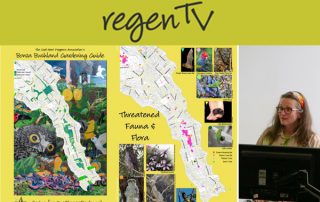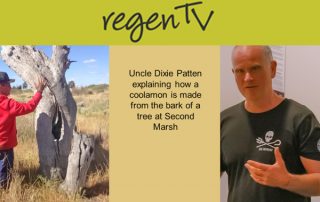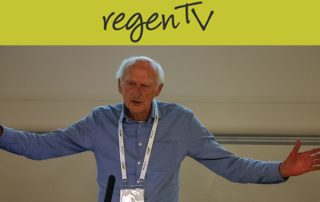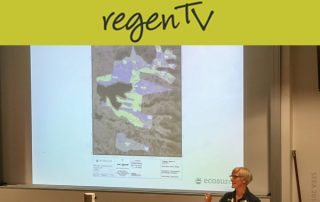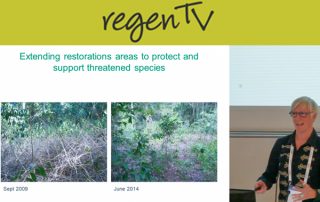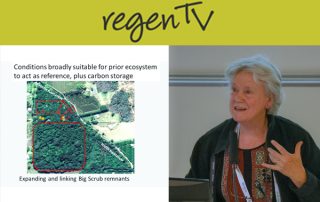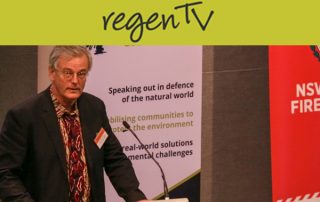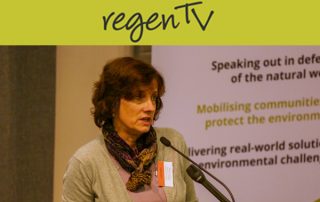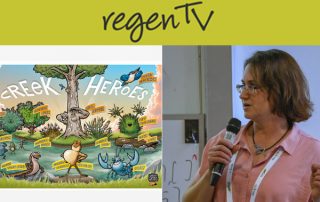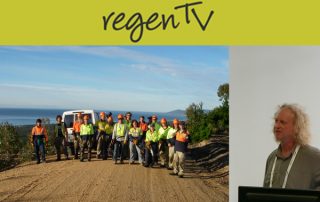What can 6 years & $250,000 achieve?
A six year - $250,000 Environmental Trust project enabled a community group to formally identify threatened species, record and monitor the local flora and fauna and undertake bush regeneration which has aided connectivity and set the multiple public reserves on a recovery trajectory. An assortment of community engagement events were undertaken and a plethora of [...]

